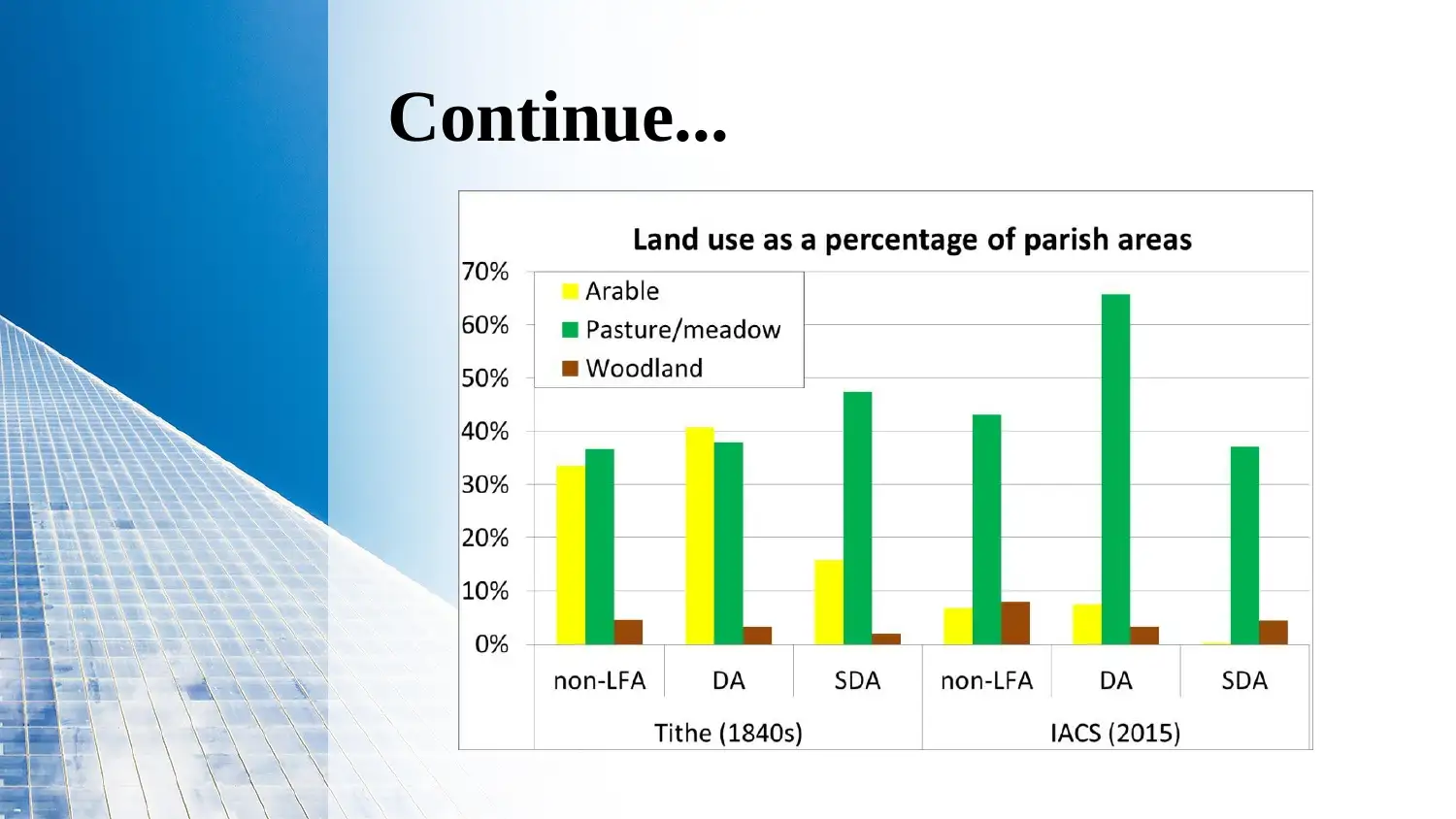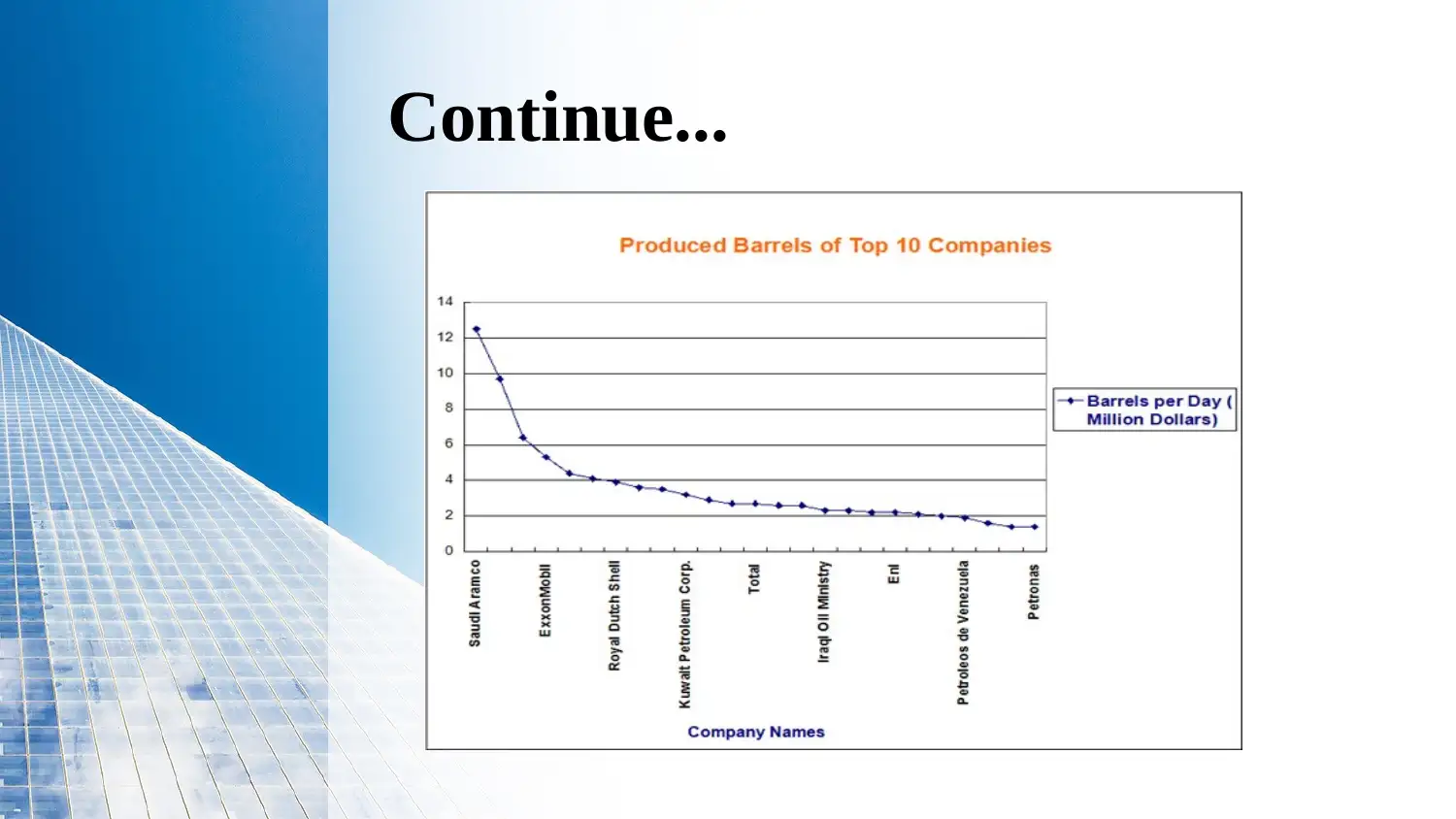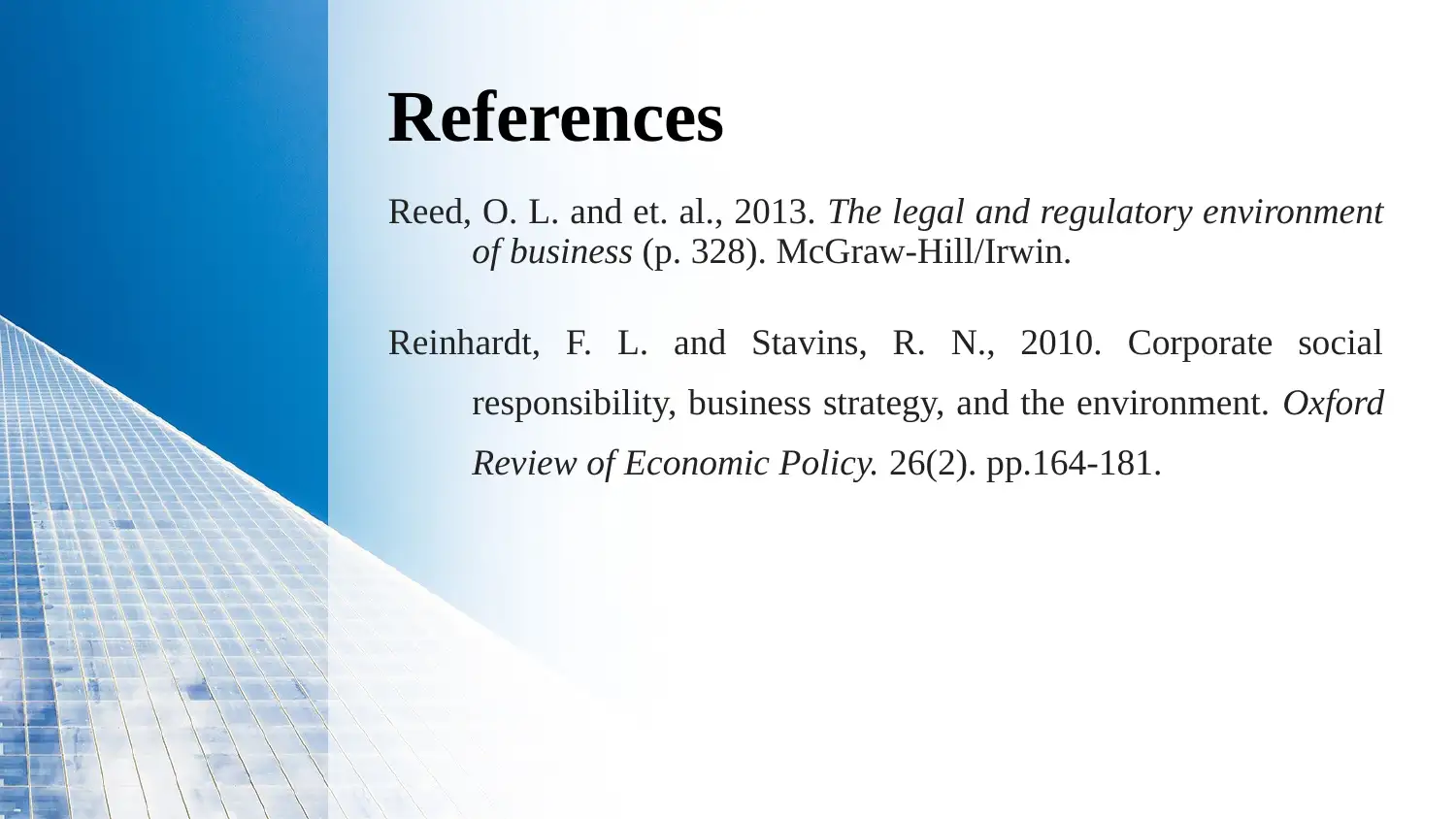Business Environment Task - 1: Introduction to Organizations
VerifiedAdded on 2023/03/16
|13
|392
|55
Report
AI Summary
This report provides an introduction to the business environment, focusing on different types of organizations, their legal structures, and their purposes. It explores the key concepts and factors that influence the business environment, including supply and demand, customer management, and business regulations. The report covers various types of organizations, such as private, public, and voluntary organizations, and examines their objectives, aims, and legal structures. Additionally, it discusses the size and scope of different businesses, emphasizing the importance of organizational functions and activities in achieving predetermined goals. The report uses examples like Nestle, NHS, and Oxfam to illustrate the diversity in business types, sizes, and scopes. References are included to support the analysis and provide additional resources for further study. This assignment provides valuable insights into understanding the business environment and the various organizational structures within it.
1 out of 13



















![[object Object]](/_next/static/media/star-bottom.7253800d.svg)